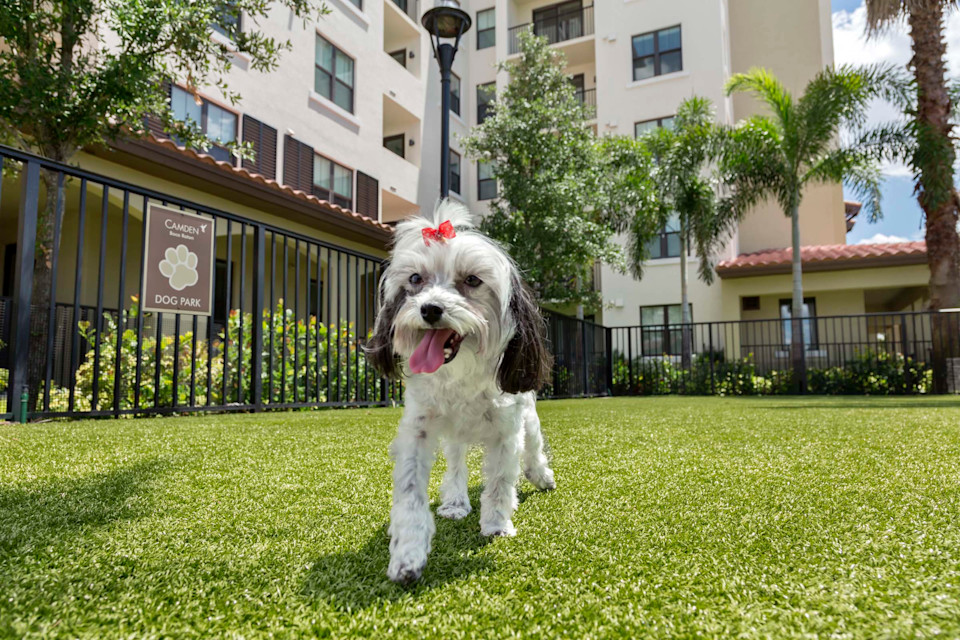

We live next to each other, but do we live with each other? That’s the question I keep circling back to every time I take a walk through my community. There are names I don’t know, doors I’ve never seen open, and lives I may never learn a thing about - despite being separated only by a few inches of drywall. It’s a peculiar kind of proximity we’ve grown used to. Physically close, emotionally distant.
And yet, neighborliness is not an old-fashioned ideal. It’s a quietly radical act of presence. A choice not just to co-exist, but to see each other. Not with grand gestures or forced interactions, but through small acknowledgments: a nod in the hallway, a held elevator, a friendly gesture when someone’s arms are full. These micro-interactions are how communities are built - stone by stone, moment by moment.
In my own building at Camden Boca Raton, I’ve witnessed both extremes. There’s the neighbor who double-parks, slams doors, and treats shared space as if it exists solely for their convenience. And then there’s the neighbor who picks up litter that isn’t theirs, who leaves flowers anonymously when someone is grieving, or who posts a quiet offer of help on the MyCamden board when storms are on the way. Both types of people teach us something. One shows us what happens when we become absorbed in our own frustrations and stop seeing the people around us. The other reminds us what becomes possible when we stay aware, generous, and grounded in something larger than ourselves.
Connection doesn’t require closeness in the traditional sense. We don’t have to be friends to treat each other with care. But we do have to remember that communal living is just that—communal. It asks something of us. It invites us to be stewards of our shared environment and participants in a quiet, collective ethic of decency. Even digital tools like the MyCamden portal, can be part of that equation - not just for announcements, service requests, or updates from the management team, but as a place where we can offer each other practical support or a small human moment.
Neighborliness is not performative, and it’s not perfect. It’s a posture we take toward each other, a way of recognizing that the quality of a neighborhood is shaped by what we each contribute. It’s easy to forget that our small actions ripple outward. That the sound we make, the space we take, the kindness we extend (or withhold) affects more than just ourselves.
At its best, a neighborhood becomes a kind of rhythm—a series of small choices that shape the atmosphere we all share. Whether that’s holding the elevator, keeping noise down when it’s late, or offering a simple wave to someone you don’t yet know, the quiet act of showing up for each other matters.
And more often than not, it matters more than we realize.
This summary is adapted from an original essay by Psychology Professor RJ Starr. Read the full version at profrjstarr.com/essays/neighborliness.
Camden communities mentioned
Let's be longtime friends—subscribe today!
